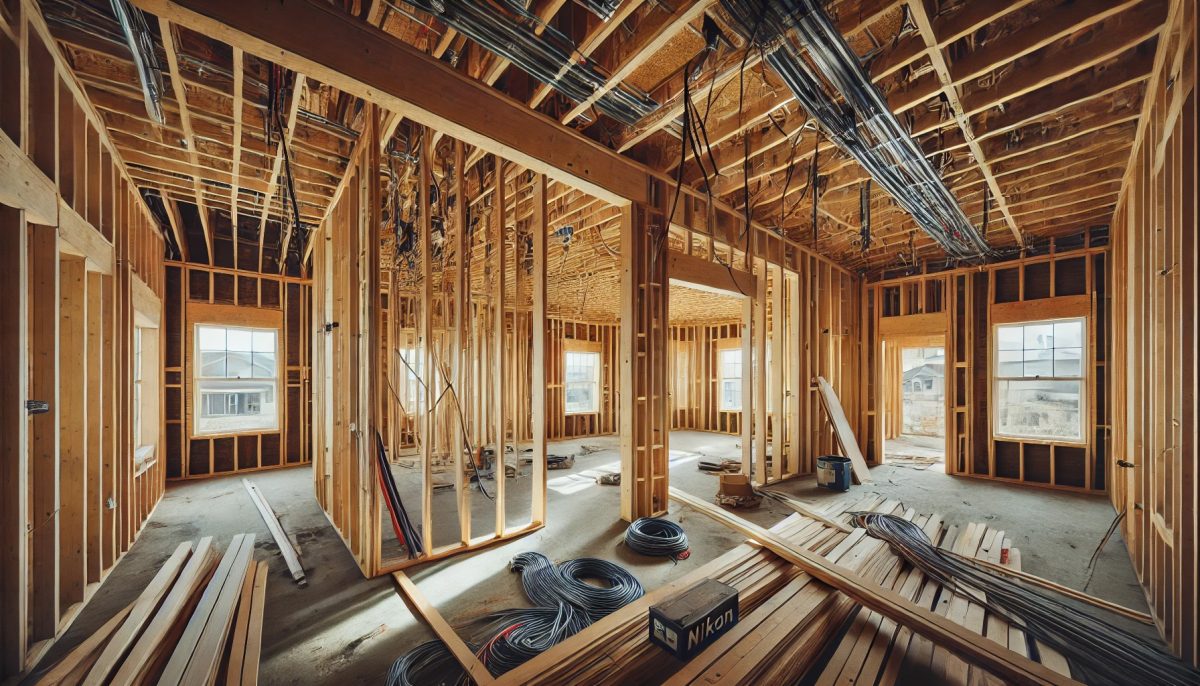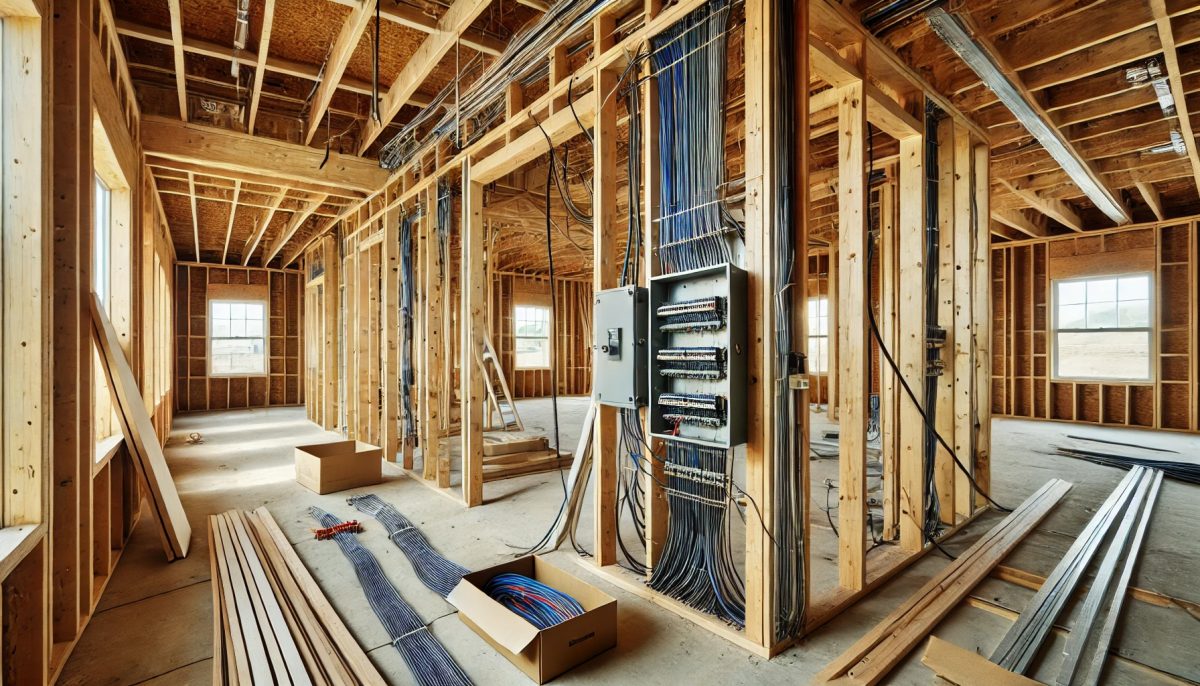The Biggest Headaches for General Contractors
(And How to Handle Them Like a Pro)
Being a general contractor isn’t for the faint of heart. Between juggling projects, managing subcontractors, and keeping clients happy, the job can feel like a never-ending headache. But it doesn’t have to be that way. In this blog, we’re diving into the biggest challenges contractors face and some real-world ways to make your life a whole lot easier.
1. The Biggest Challenges for General Contractors
Finding Reliable Workers
Let’s face it: good help is hard to find. A lot of contractors talk about cycling through hire after hire just to find someone who shows up on time, works hard, and isn’t glued to their phone. Even worse? Dealing with no-shows or workers who just aren’t cut out for the job.
Balancing Management and Labor
You’re the boss, but you’re also the guy out there on-site swinging a hammer or running machinery. Trying to manage the business while being knee-deep in drywall dust is a fast track to burnout.
Client Indecision and Scope Creep
Ever had a client who can’t make up their mind? One day it’s white cabinets, the next it’s navy blue. And don’t even get started on the “while you’re at it, can you also…” requests that seem harmless but can derail your timeline and budget.
Compliance and Rising Costs
Between permits, insurance, and ever-changing regulations, it feels like you’re jumping through hoops just to stay legal. Add skyrocketing material prices to the mix, and it’s no wonder contractors feel the pinch.
Subcontractor Reliability
We’ve all been there: you’ve lined up a subcontractor, only to have them show up late, do half the job, or disappear altogether. It’s frustrating, and it can put your entire project behind schedule.
Managing Customer Expectations
Some clients think they’re on a home improvement show where everything is quick, cheap, and perfect. Dealing with unrealistic expectations about cost and timelines can make even the simplest project a headache.
2. Solutions and Strategies for Success
Building a Reliable Workforce
- Pay Fairly: If you want good workers, pay them what they’re worth. Nobody sticks around for peanuts.
- Train Them Up: Got someone green but eager? Invest some time into training them. They might just become your go-to person.
- Set Clear Rules: Lay out expectations upfront—attendance, productivity, and no drama.
Streamlining Operations
- Use Smart Tools: Get yourself some project management software. Scheduling, budgets, and checklists all in one place? Yes, please.
- Delegate When You Can: You don’t have to do it all. Hire a project manager or admin to lighten the load.
Effective Client Communication
- Spell It Out in Contracts: Leave nothing to chance. List everything you’re doing (and not doing) in your contract.
- Keep Clients in the Loop: Regular updates go a long way in keeping clients happy and off your back.
- Set Realistic Expectations: Be honest about timelines and costs. It’s better to under-promise and over-deliver.
Networking for Support
- Find Your People: Partner up with subcontractors and tradespeople you trust. A solid network can save your sanity.
- Use Tools Like RevLink: Apps like RevLink make it easy to swap leads and connect with other pros. Bonus? You can get paid for referrals, too.
Leveraging Technology
- Go Digital: Use apps for everything from managing referrals to tracking your budget.
- Try RevLink: It’s a game-changer for building your network, sharing leads, and finding high-quality referrals without the hassle.
3. Tips for Managing Common Contractor Pain Points
Vet Workers and Subcontractors Carefully
Take the time to check references, look at past work, and ensure they’re a good fit for your team. It’s worth the effort upfront.
Maintain Work-Life Balance
Easier said than done, right? But seriously, set boundaries, take a day off, and remember—you can’t run a business if you’re burned out.
Be Proactive About Compliance
Stay on top of permits, codes, and insurance requirements. It’s a pain, but it’s better than paying fines or dealing with lawsuits.
Track and Adapt
Review what’s working and what’s not. The more you tweak your process, the smoother things will run.
Conclusion: Turning Challenges Into Opportunities
Being a general contractor isn’t easy, but with the right mindset and tools, you can turn even the toughest challenges into opportunities. Build a strong team, communicate clearly with clients, and lean on tech like RevLink to simplify your workflow. The headaches will still come—but now, you’ll know how to handle them like a pro.
FAQs
- How can I find reliable workers for my contracting business?
Offer good pay, train them well, and set clear expectations to keep dependable people on your team. - What’s the best way to handle indecisive clients?
Get everything in writing, communicate regularly, and explain how changes will affect costs and timelines. - How can RevLink help my contracting business?
It connects you with other pros, helps you swap leads, and even lets you earn money for referrals. - How do I manage work-life balance as a general contractor?
Delegate tasks, use tools to stay organized, and carve out time for yourself. - What are some ways to reduce costs and improve profitability?
Streamline your operations with digital tools, vet subcontractors carefully, and focus on projects that align with your skills.


















